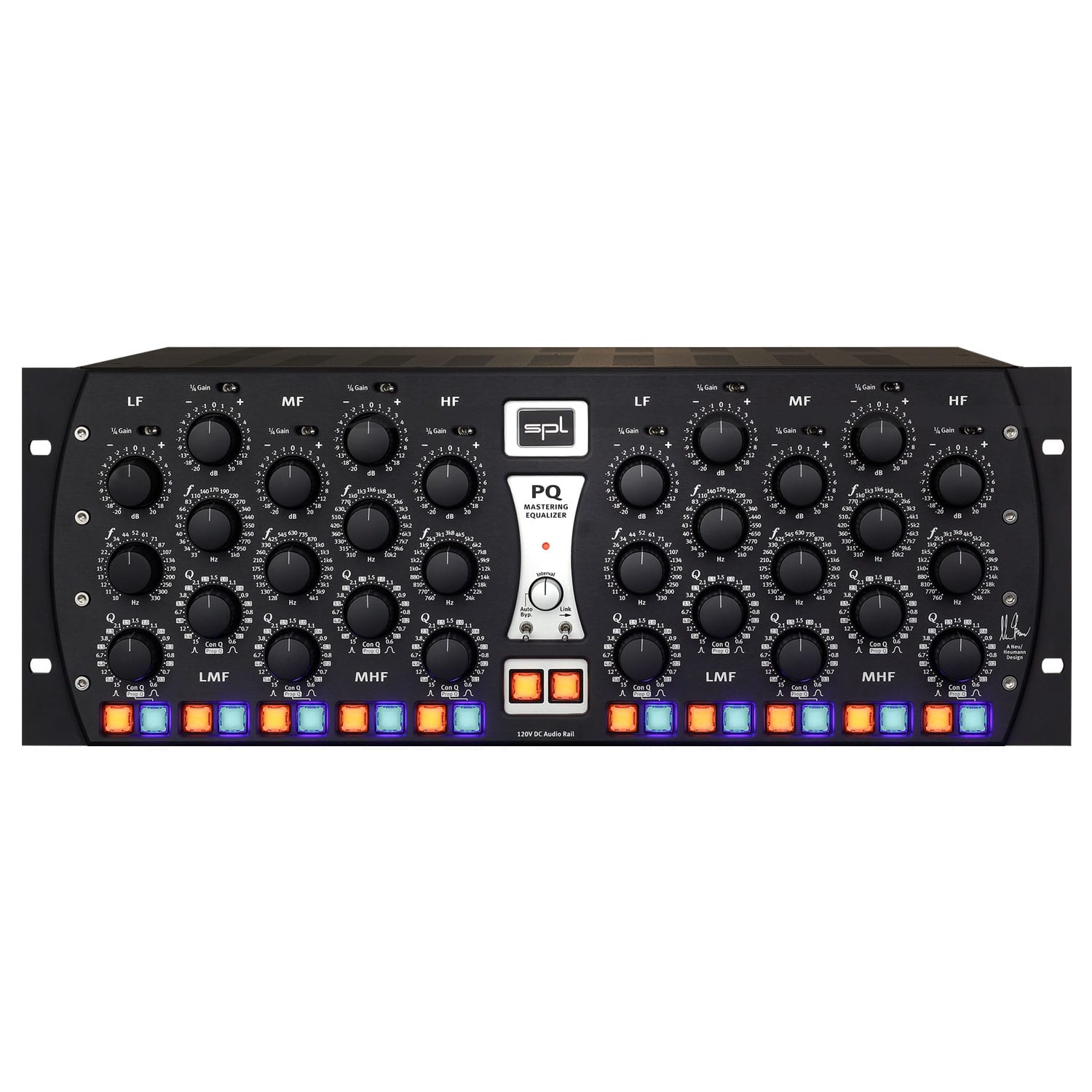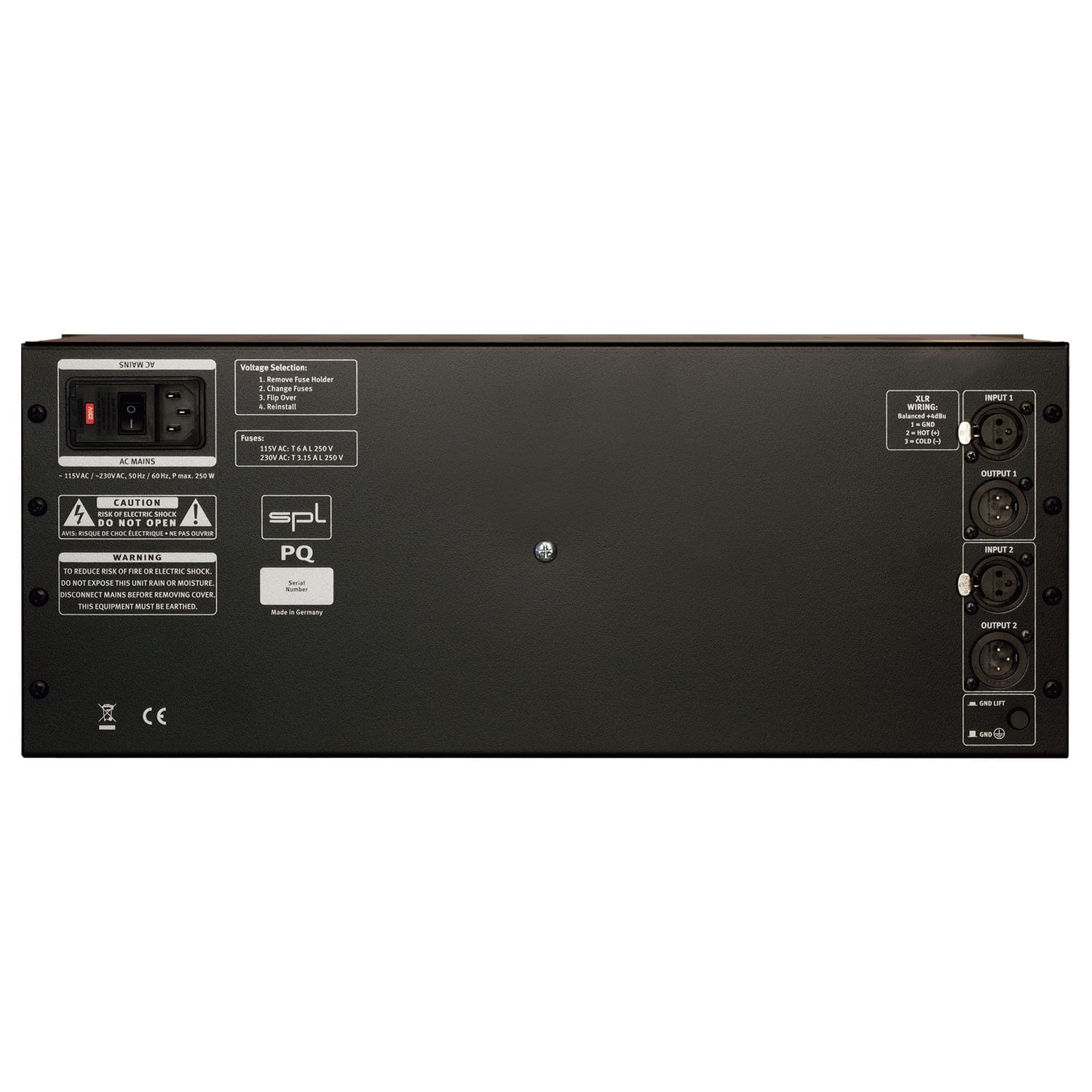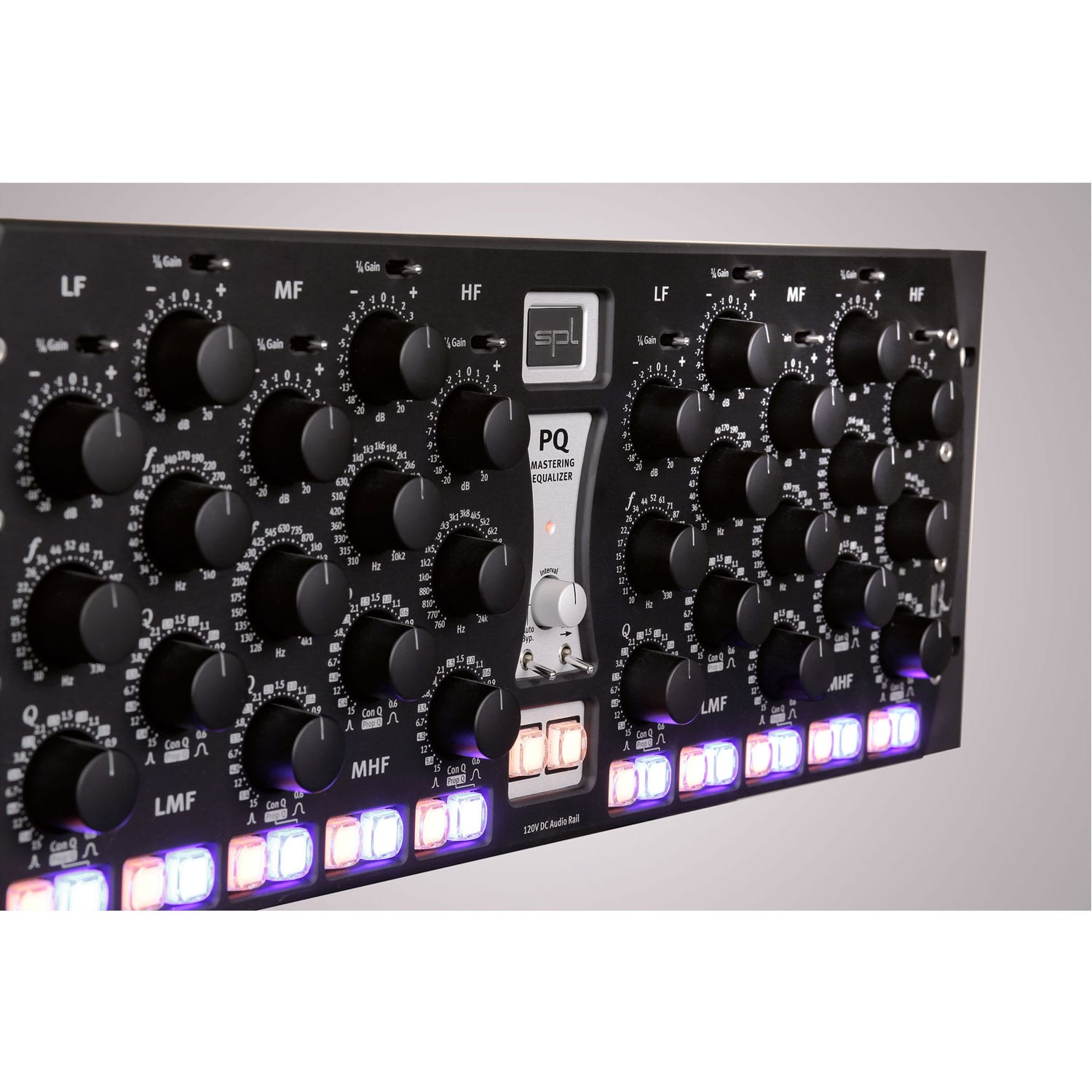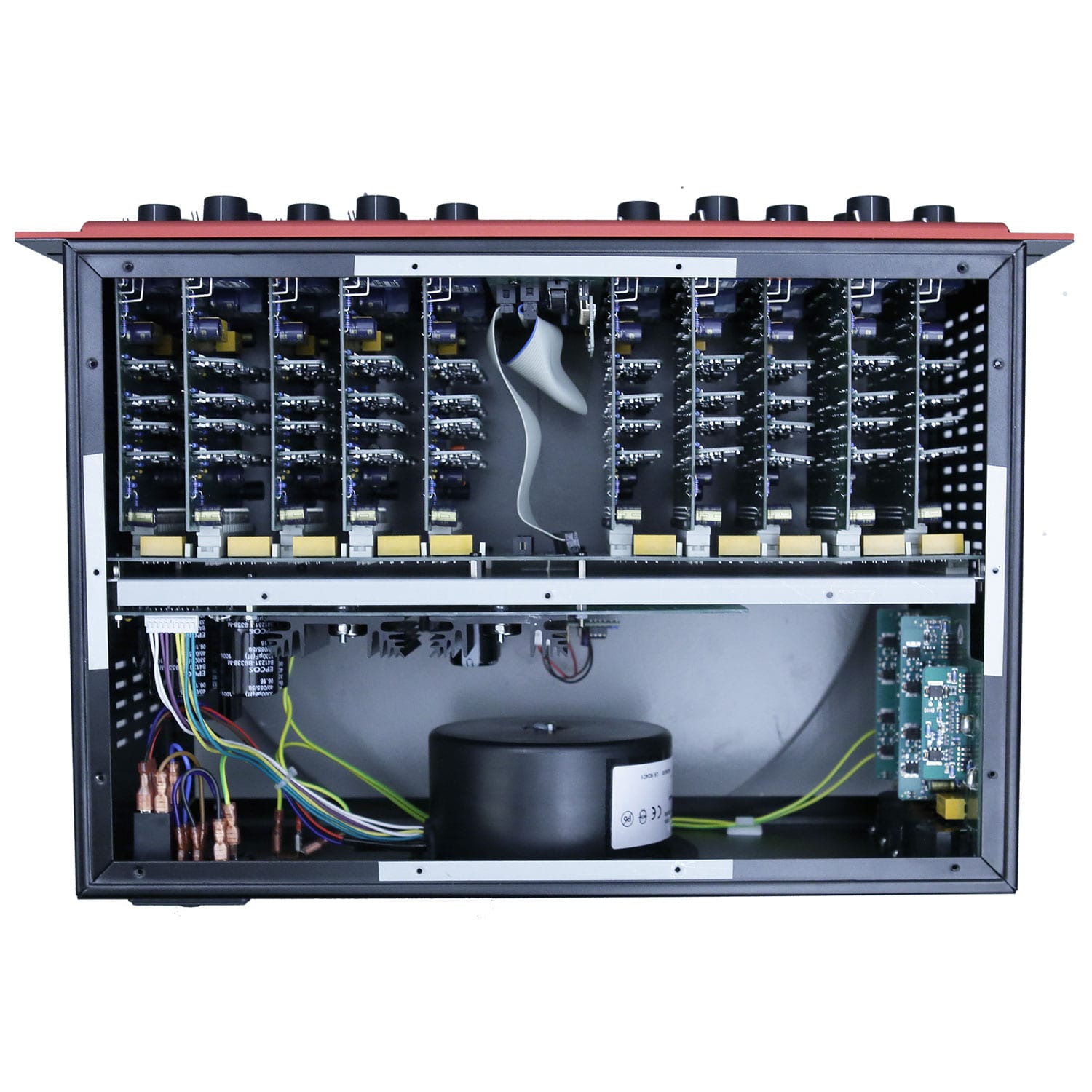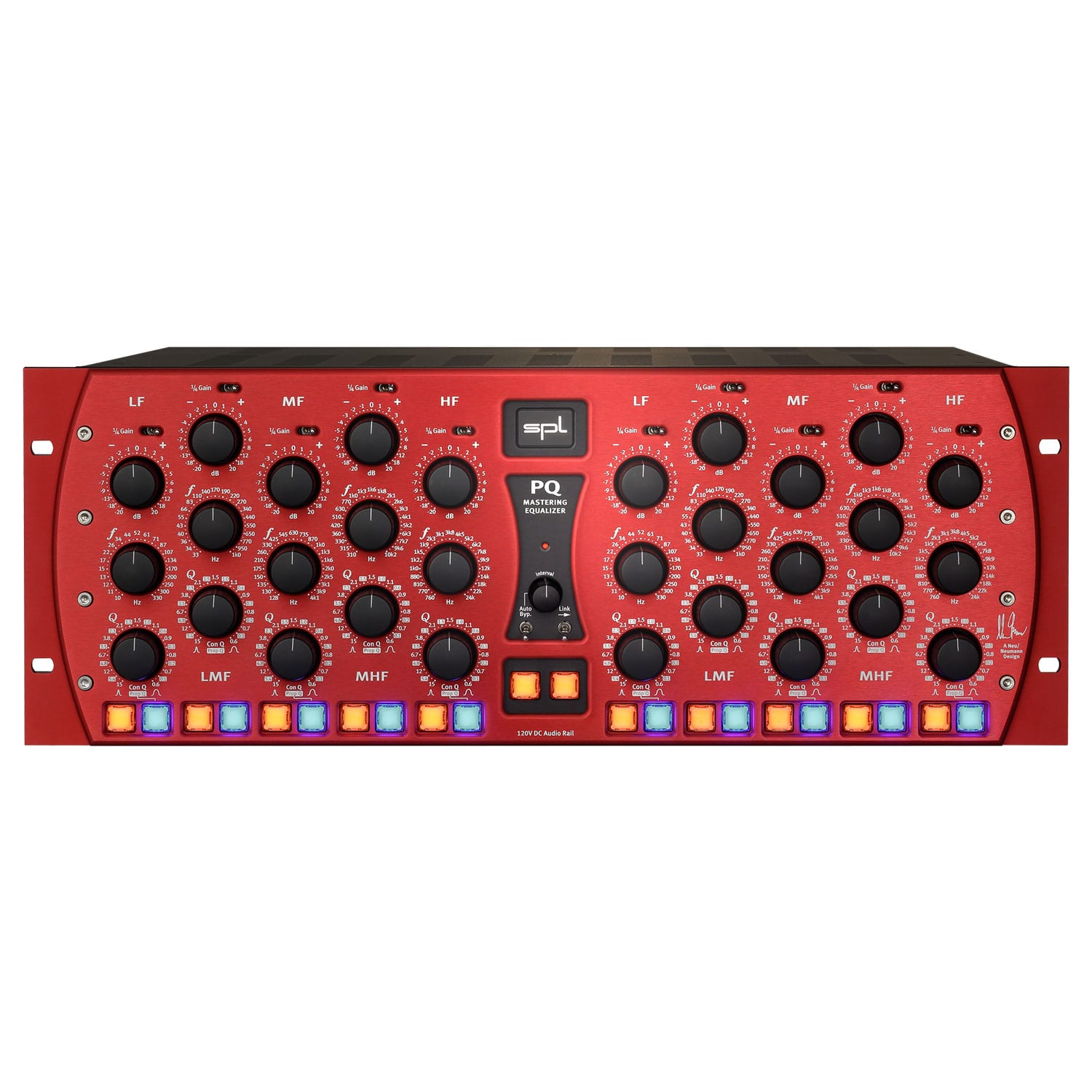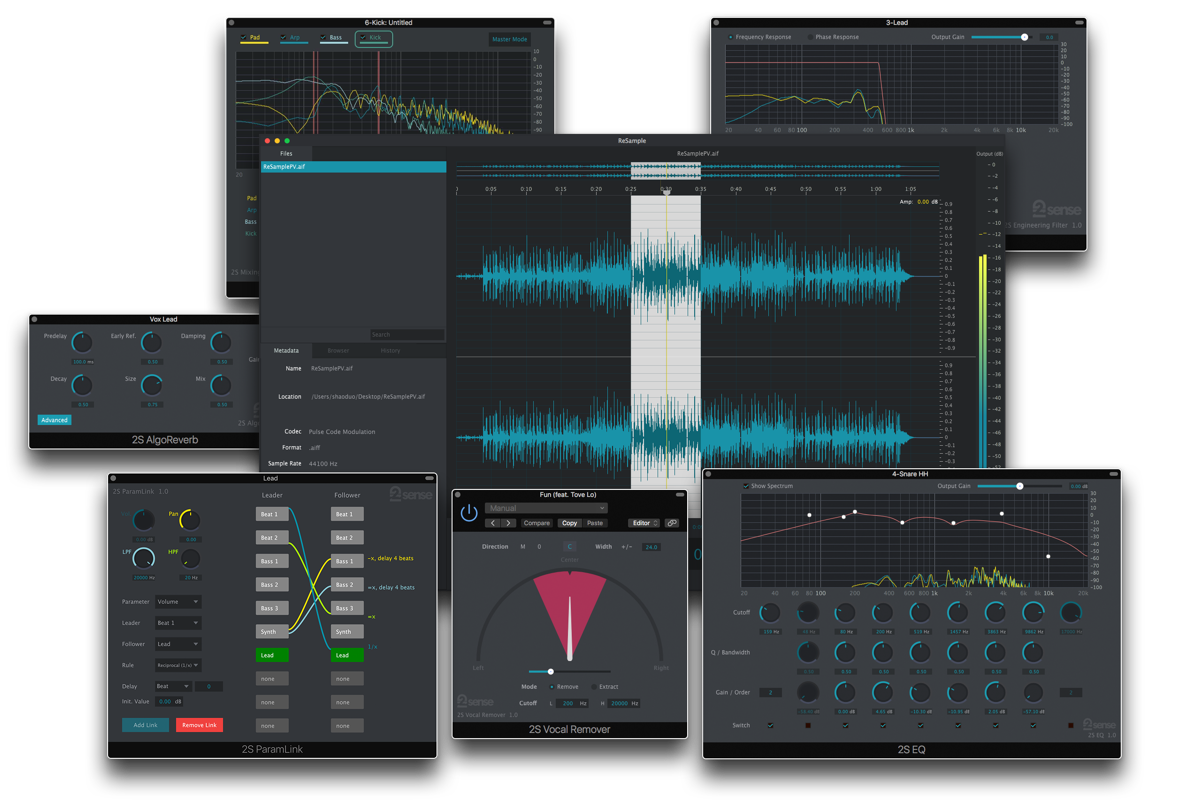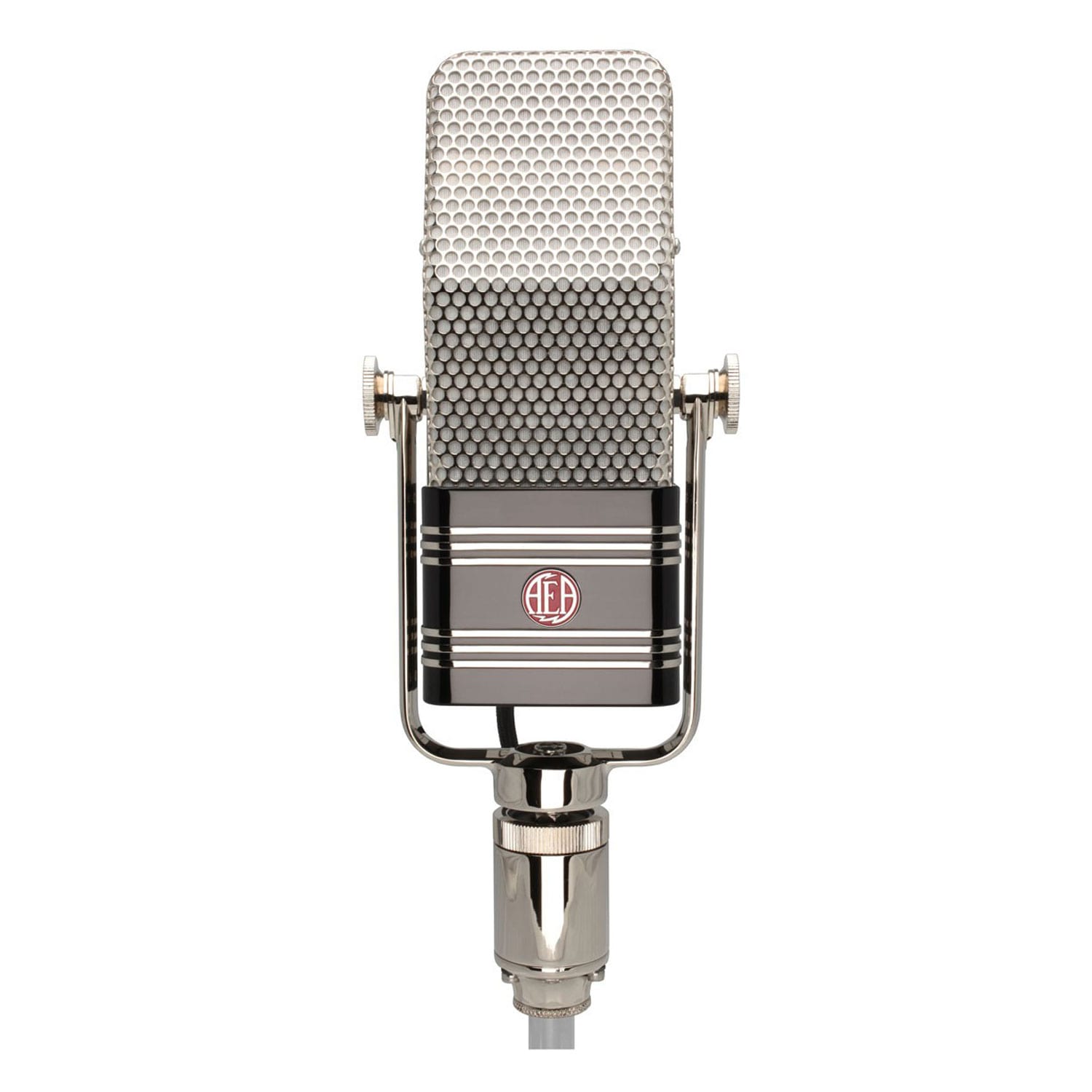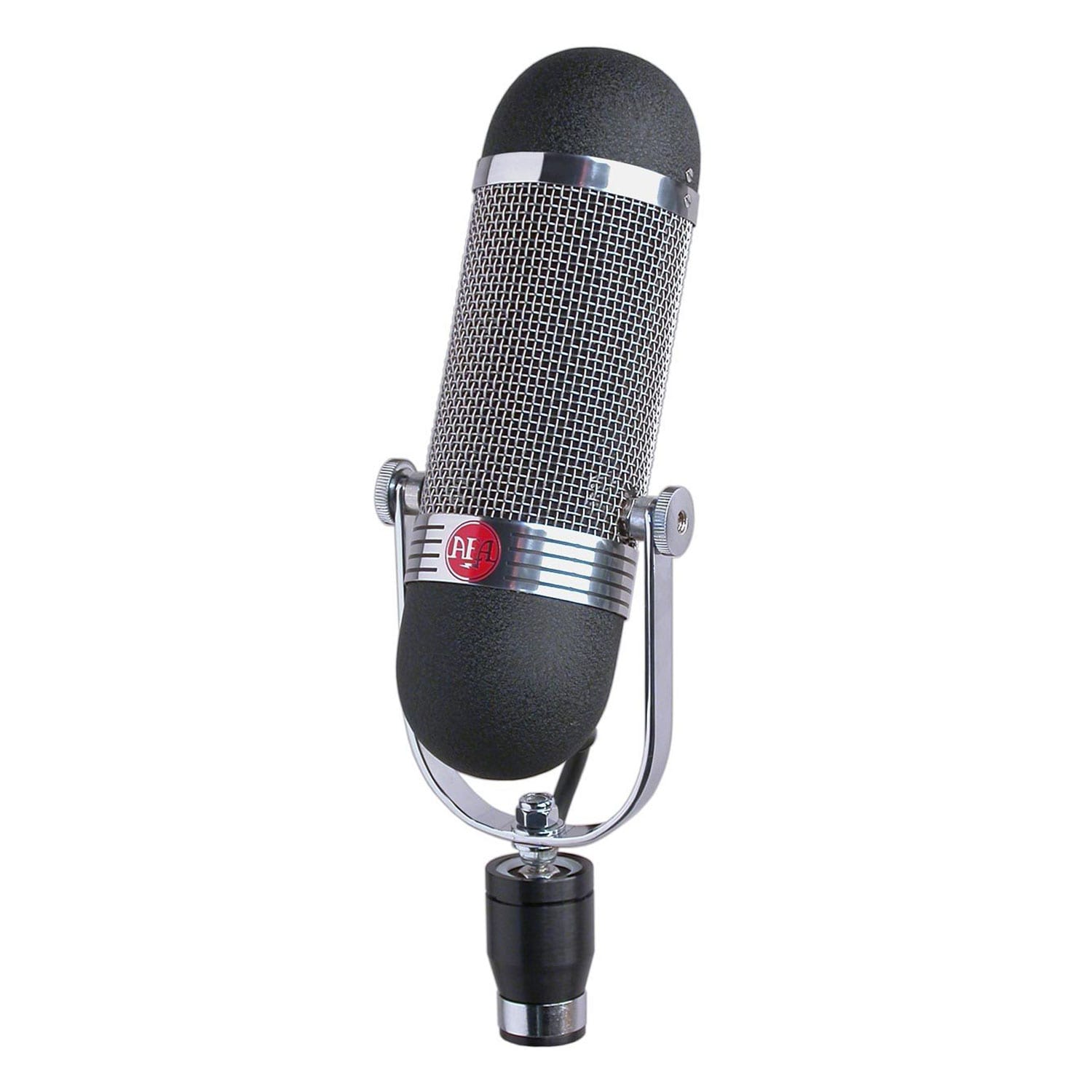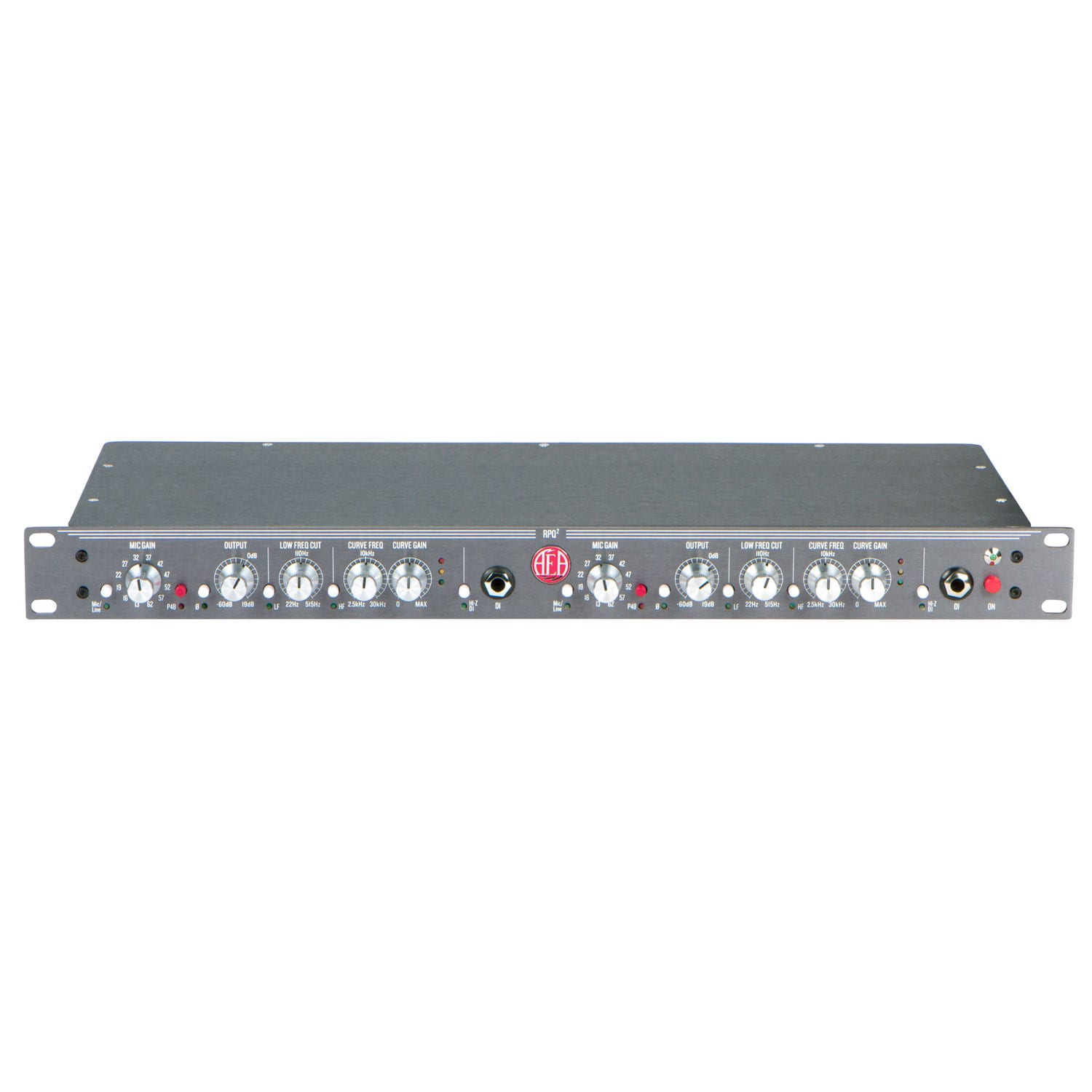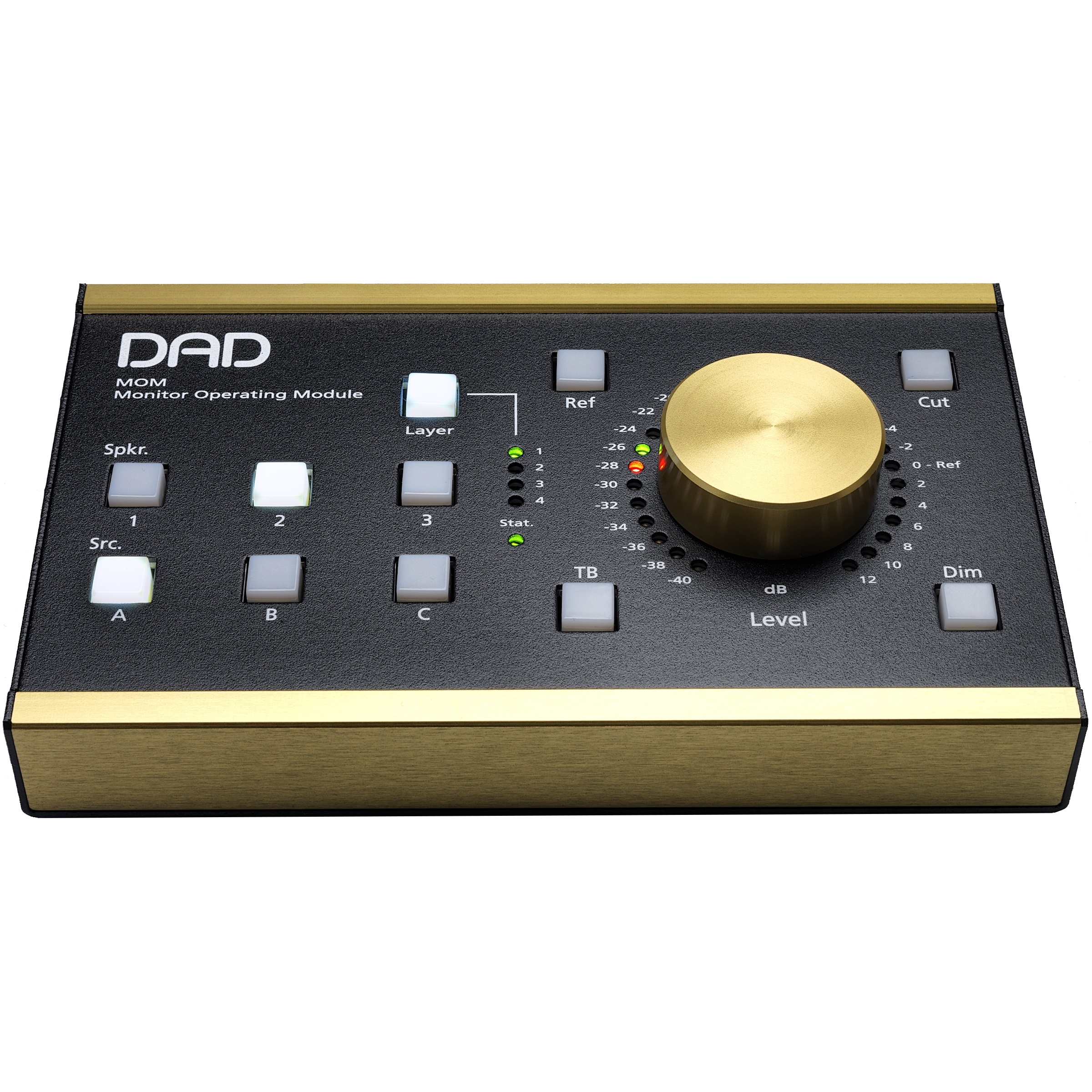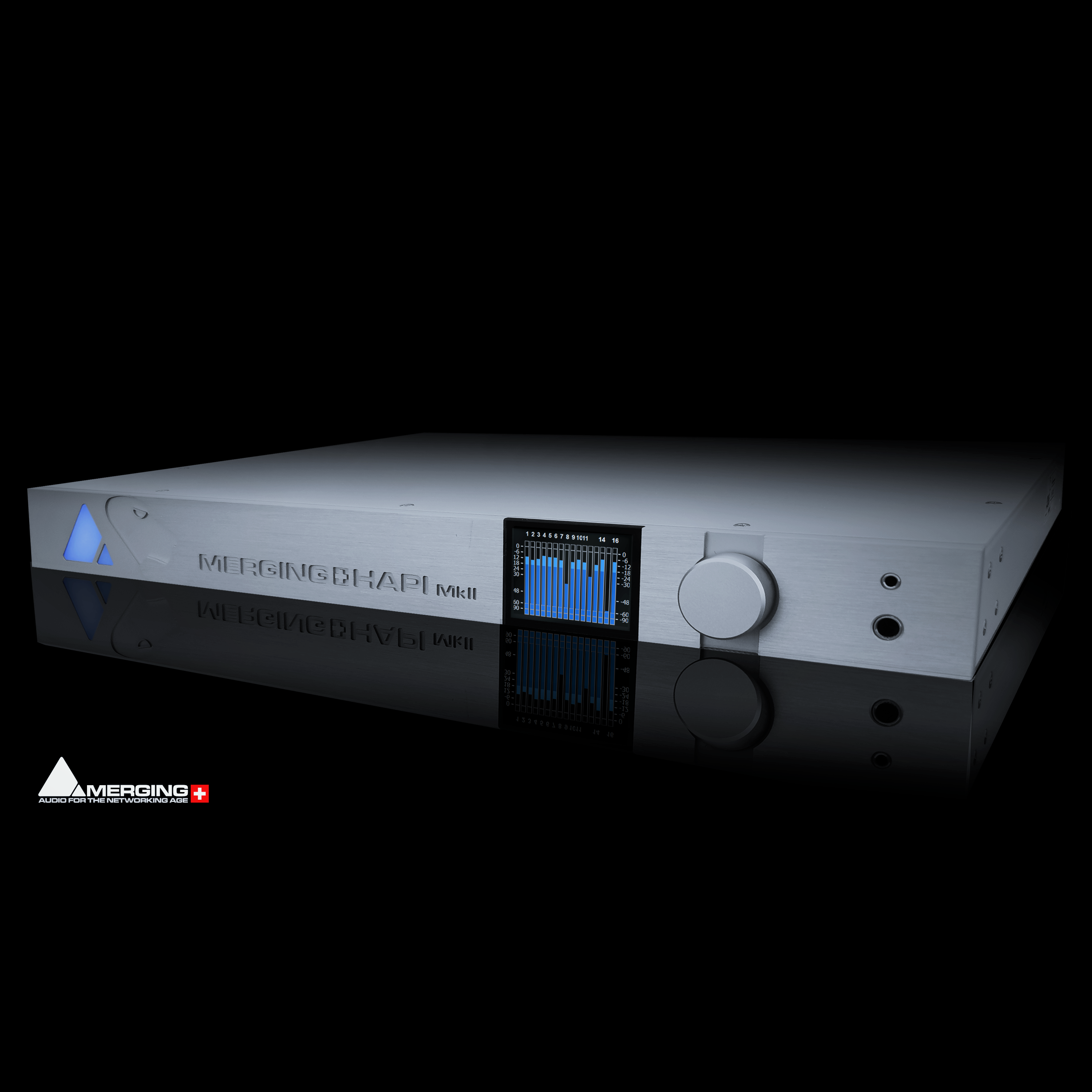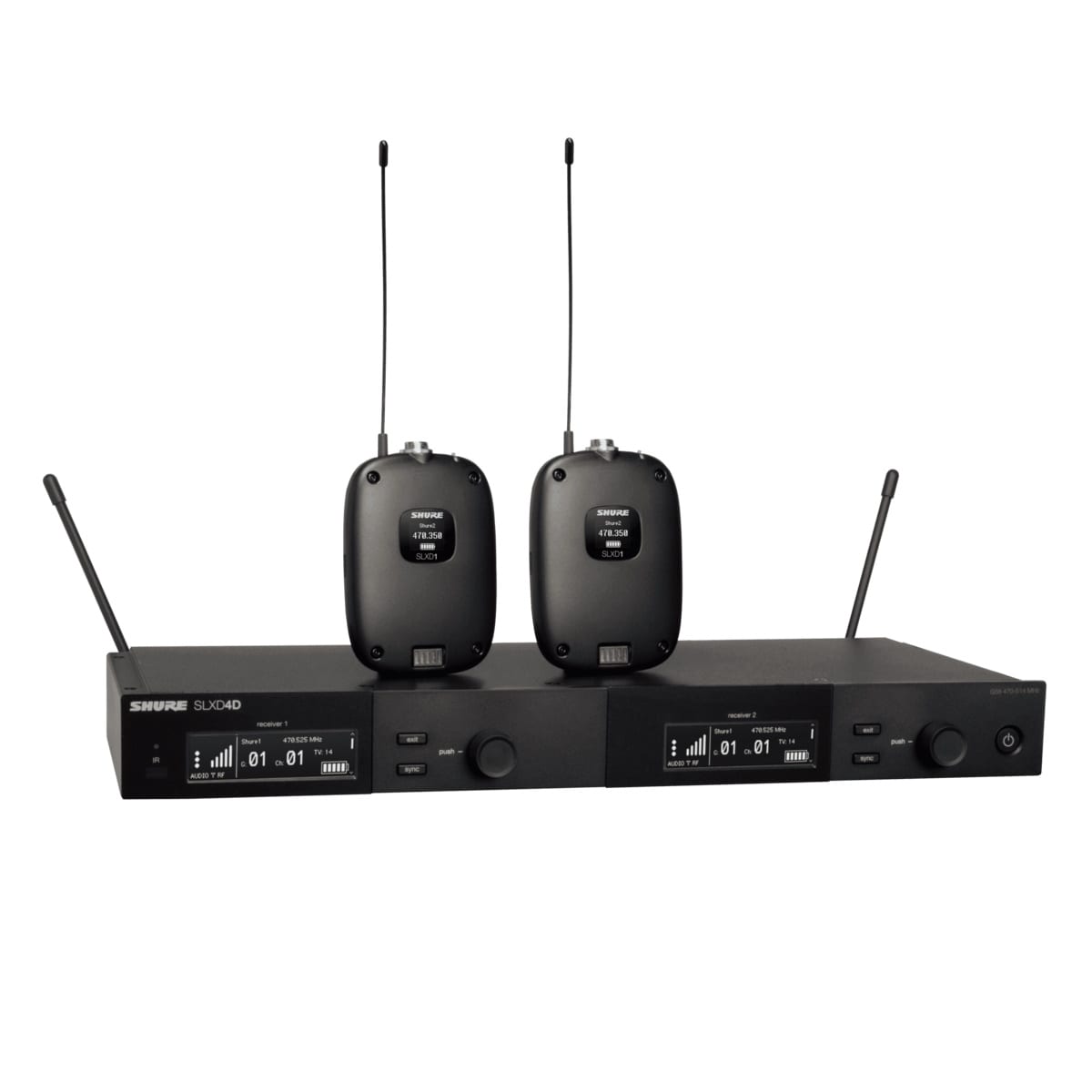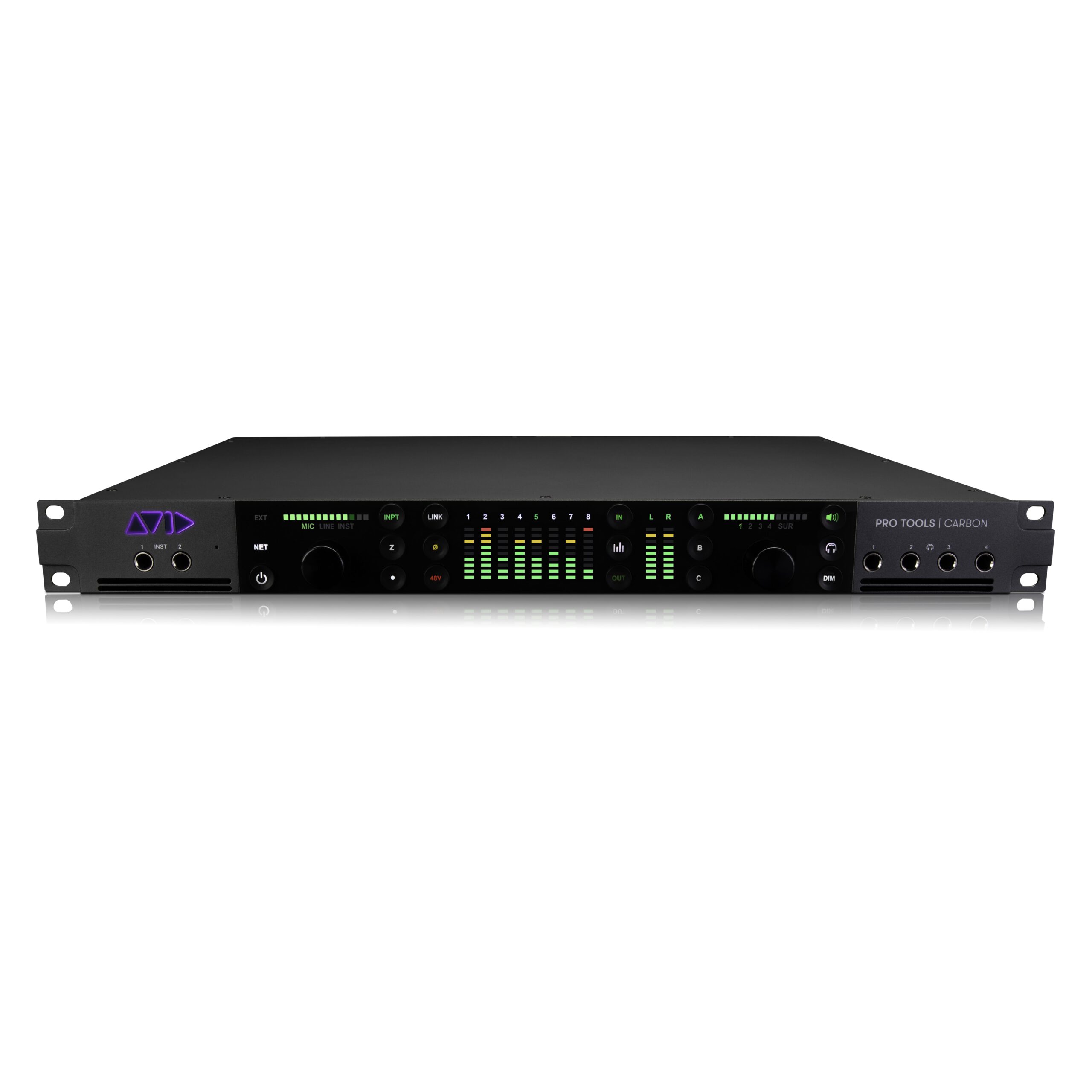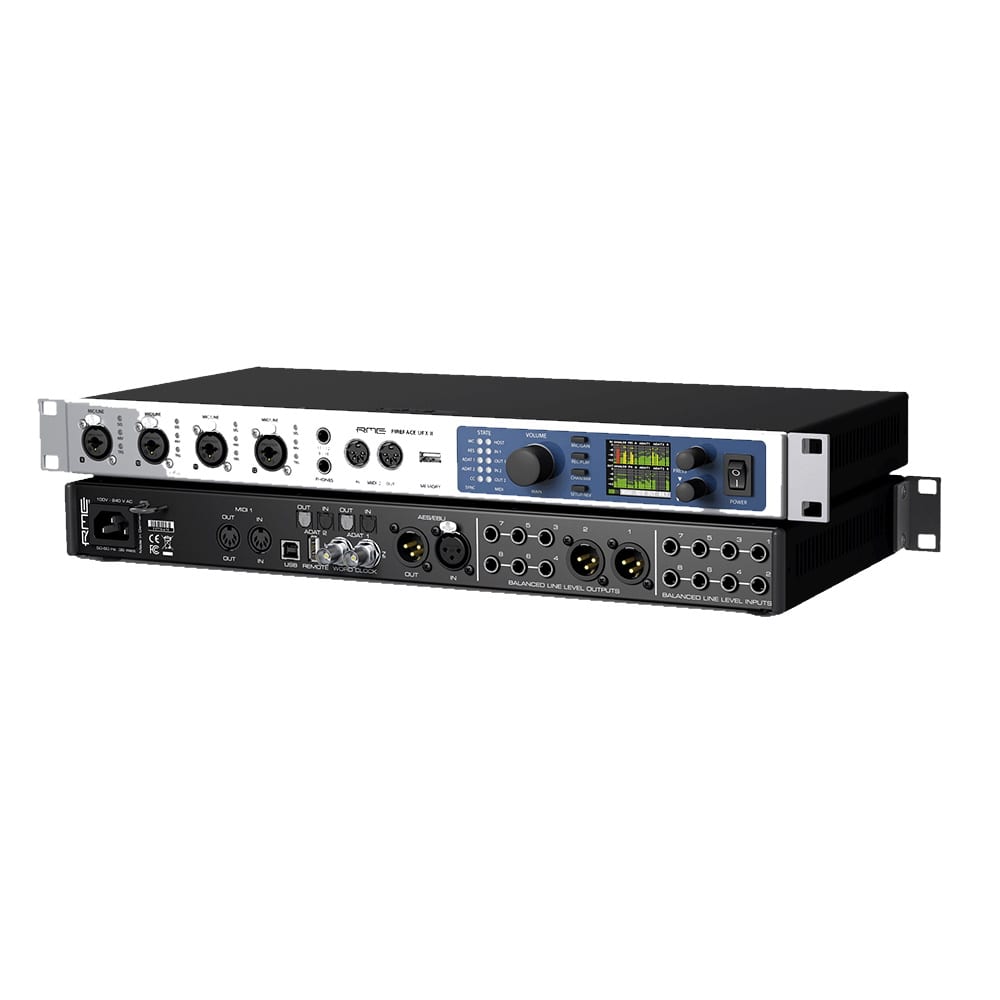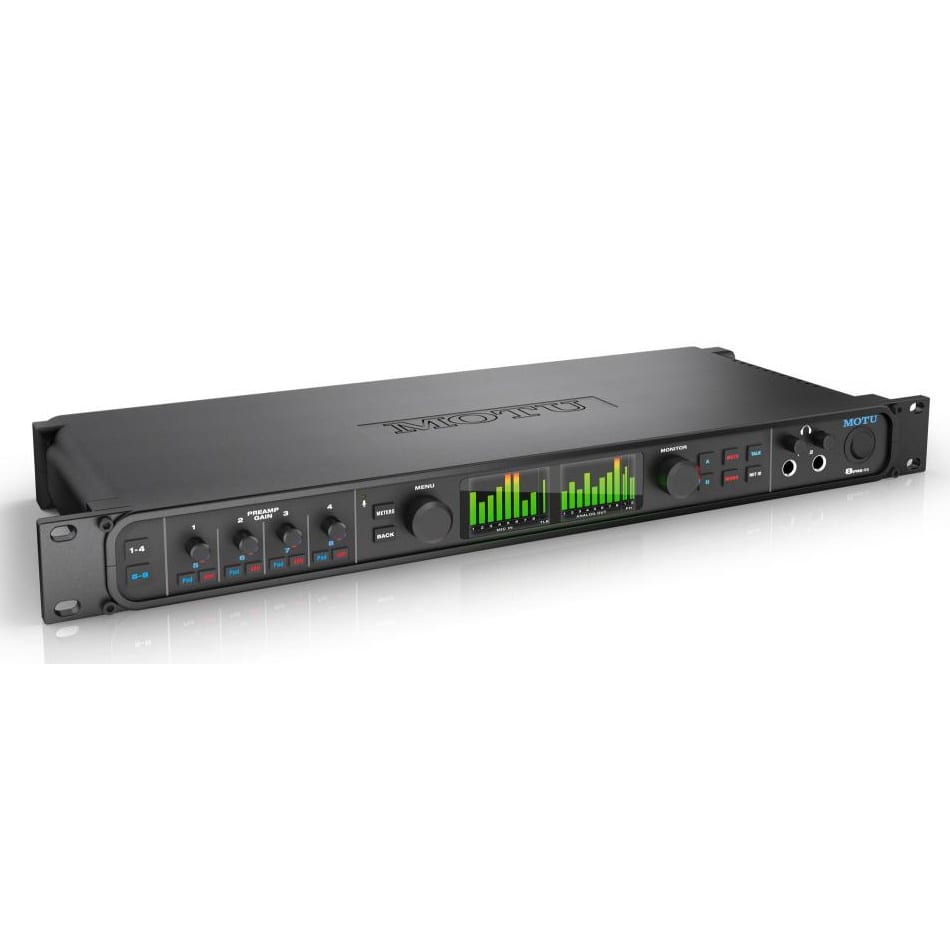Description
SPL PQ
This is a unique equalizer – for several reasons. It has two times five fully parametric filter bands, each of which can be switched between constant Q and proportional Q! And there’s sheer unlimited headroom and a very special kind of EQ sound – thanks to 120V technology.
The Filter Bands

Stepped Potentiometers
Recall of all settings is easy thanks to the potentiometers with 41 steps.
Cut/Boost & 1/4 Gain
Each filter band can be boosted or cut up to 20 dB.
If only minimal changes are required, the 1/4 Gain switch can be used to reduce the boost or cut range from +/-20 dB to +/-5 dB.
Frequencies
We have designed the frequency distribution to overlap widely between the bands, so that problematic frequencies can also be addressed with two bands.
LF | 10 Hz – 330 Hz |
LMF | 33 Hz – 1 kHz |
MF | 128 Hz – 4.1 kHz |
MHF | 310 Hz – 10.2 kHz |
HF | 760 Hz – 24 kHz |
Bandwidth Q
The bandwidth Q determines the steepness of bell characteristic. A small Q is a wide bandwidth and a high Q a narrow bandwidth.
The labeling of the scale is divided into two parts. The values with white background refer to the proportional Q mode and the values without background refer to the constant Q mode.
On/Off
The orange button is used to switch the individual filter band on and off.
Constant & Proportional Q
The blue button is used to toggle the Q mode.
In constant Q mode, the amplitude is constant regardless of the selected bandwidth. This is ideal for eliminating interfering frequencies.
In proportional Q mode, the amplitude is proportional to the bandwidth. It decreases with increasing bandwidth and vice versa. At the smallest bandwidth setting, the maximum amplitude value is +/- 20 dB, while the maximum amplitude decreases to +/- 2.8 dB at the largest bandwidth setting. This control behavior simplifies sensitive, creative processing and is musically very useful since high amplitudes become increasingly unusable with increasing bandwidth.
The Center Section

Auto Bypass
For an objective evaluation of the edited music program, it makes sense not to switch between the original signal and the edited signal yourself, but to leave this to an automatic system.
It is also an advantage that, for an optimal evaluation of the processing, one does not have to move from the stereo center and can concentrate fully on the program.
With the help of the Interval control, the switching time window can be determined. Turning it clockwise extends the time interval.
Link
The PQ is designed as a completely separate dual-mono, two-channel equalizer and can individually process two mono music programs simultaneously. It is of course also possible to edit a stereo program (left/right). If the Link function is activated, the functions LF, LMF, MF, MHF, HF On/Off, and Con. Q/Prop.Q on both sides is switched together by the buttons on one side. This makes it possible to activate or deactivate a filter band or the Q characteristic on both sides of the equalizer with a single-button operation.
In Link mode, the right side controls the left side as factory preset. However, this can be adapted to individual working habits. If the channel switch of a channel is pressed until it flashes, this channel controls the other side from that moment on.
Channel On/Off
The orange button switches the entire channel on and off.
The 120V technology
The 120V technology is our reference technology. The 120V technology is unique in the world. It operates at a DC voltage of 120 volts. This is four times that of IC-based semiconductor op-amps.
The highest possible audio quality requires the highest possible audio operating voltage.
The 120V technology works with +/-60 V. To be able to handle such a high voltage, we have developed special proprietary operational amplifiers that can operate with a DC voltage of +/-60 V: the SPL 120V SUPRA operational amplifiers.
This high voltage would destroy conventional components and operational amplifiers.
The 120V technology achieves exceptional technical specifications and sonic benefits. Technically, in terms of dynamic range, signal-to-noise ratio and headroom. Sonically, in terms of richness of detail and an absolutely relaxed listening experience.
By the way, the “120V” in the name of the technology has nothing to do with the local mains voltage from the mains power socket. This is about the operating voltage inside the device with which the audio signals are processed.
The mains voltage from the mains power socket is transformed to the required secondary voltage in the device’s internal linear power supply with toroidal transformer. Rectifiers convert this AC voltage into DC voltage required in the audio device.
The idea for SPL 120V technology and the SUPRA operational amplifier based on this technology were developed in the 1990s by SPL founder and chief developer Wolfgang Neumann.
With the goal of building the best mastering console ever, this basic technological philosophy then took shape for the first time – thus the SPL MMC1 Mastering Console for Galaxy Studios saw the light of day in 2000.
Besides the MMC 1, another legendary product with 120V technology was created with the PQ, the “King of Parametric Equalizers”.
Since that time, 120V technology has been the foundation for all SPL premium products. Meanwhile, not only for mastering applications but also for studio or hifi use.
Comparison
Most audio devices work with an internal operating voltage of +/-15 volts and can thus process a maximum input level of +21.5 dBu. If a DAC, for example, has an output level of +22 dBu at 0 dBFS, level peaks of the music material would already cause overload in the input stage of the device.
All components in the audio device often operate at their limits. The result is an unsteady sound that causes stress and faster ear fatigue.
SPL devices with 120V technology can handle input levels of +32.5 dBu thanks to the higher internal operating voltage of +/- 60 volts – thus offering 12 dB more headroom. All components consequently operate continuously in the optimum operating range. The result is a very pleasant, natural, and relaxed sound experience. So you can enjoy your music in every detail.
Specifications
Analog inputs & output; XLR (balanced)
Internal Linear Power Supply with Shielded Toroidal Transformer
Mains Power Supply
Dimensions & Weight
Reference: 0 dBu = 0,775V. All specifications are subject to change without notice.
